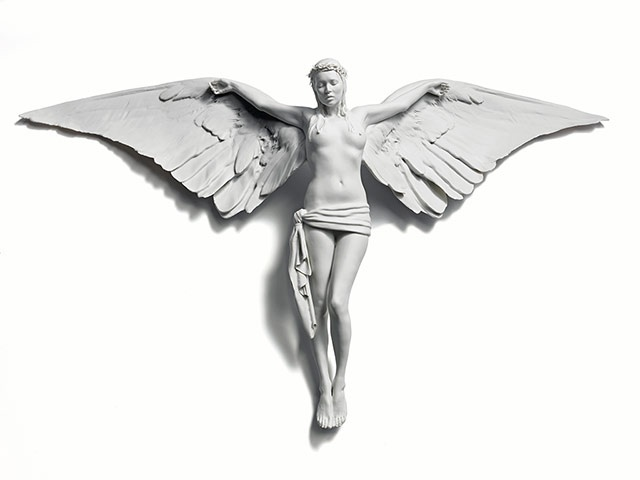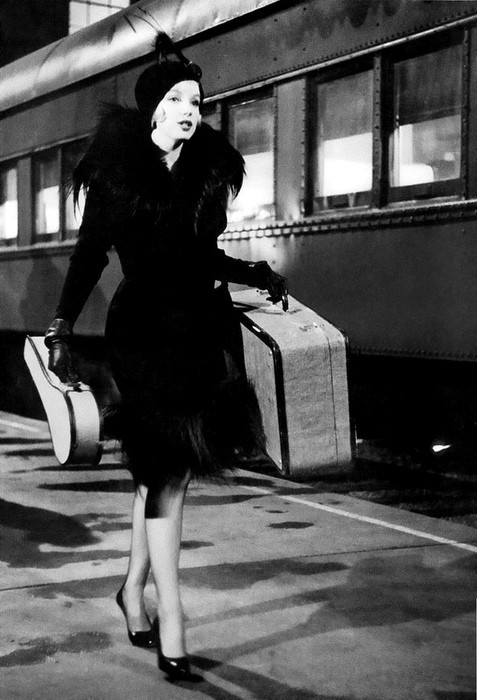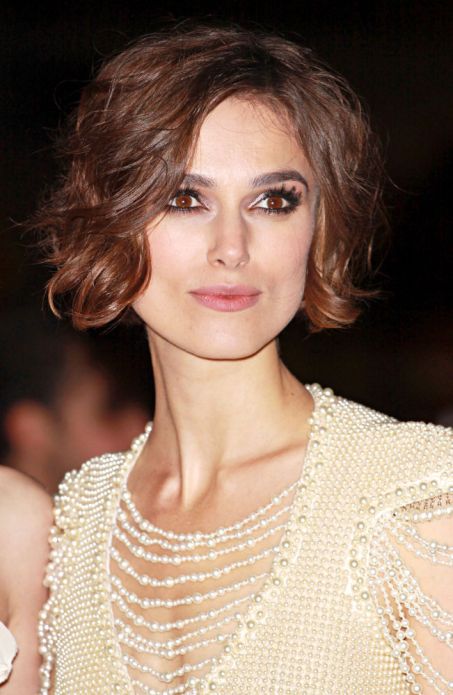 Model by Allen Jones, 2013. With a whiff of art nouveau, it pays homage to her love of a vintage frock
Model by Allen Jones, 2013. With a whiff of art nouveau, it pays homage to her love of a vintage frock
 Body Armour , Allen Jones, 2013
Body Armour , Allen Jones, 2013
‘Photography has replaced the artist’s eye in the depiction of reality. For most people Kate exists as a photograph. It is harder to draw somebody than to take their photograph. Painting Kate was a challenge in my world, but first I wanted to prove myself in her world — the world of professional photography.’
Allen Jones
 Porcelain Kate on white background, Nick Knight, 2013.
Porcelain Kate on white background, Nick Knight, 2013.
Moss and Knight have collaborated often – but this is the photographer turning his muse into something 3D, a sculpture. Still, Moss is an angel here so reality is still a long way off
 Kate Jacquard Tapestry by Chuck Close, 2007.
Kate Jacquard Tapestry by Chuck Close, 2007.
Close, a famously meticulous artist, turns Kate into a tapestry. All about a stripped back and natural Moss, this is a reprise – in thread – of Close’s 2003 daguerreotype portrait of her
 A gold statue of supermodel Kate Moss entitled Siren by British artist Marc Quinn, circa 2008
A gold statue of supermodel Kate Moss entitled Siren by British artist Marc Quinn, circa 2008
 Sphinx (Road to Enlightenment), Marc Quinn, 2007
Sphinx (Road to Enlightenment), Marc Quinn, 2007
 Naked Portrait, Lucian Freud, 2002
Naked Portrait, Lucian Freud, 2002
One of the world’s best-known faces, Kate Moss has long been a favorite of Mario Testino, Bruce Weber, Juergen Teller and a legion of top fashion photographers. But her latest incarnation as a gleaming goddess provides new confirmation that she’s equally as popular with artists.
In fact, the world’s most enduring super-model has probably been portrayed more often than anyone in recent history, and an ever-growing body of art testifies to the true cultural icon she’s become.
The emergence of BritArt, which started to make its presence felt when Kate was already an international star, was certainly a major factor. Moss hung out with Damien Hirst, became pals with Tracey Emin, and at one point was said to be romantically involved with Jake Chapman. Painter Gary Hume famously portrayed Kate in 1996, and it wasn’t long before others followed suit.
In September 2003, W Magazine commissioned leading American art stars to produce their own take on Kate.























































































 Peter Som, United Bamboo, Imitation of Christ, Jeffrey Chow, Behnaz Sarafpour and Sebastian Pons
Peter Som, United Bamboo, Imitation of Christ, Jeffrey Chow, Behnaz Sarafpour and Sebastian Pons



















































